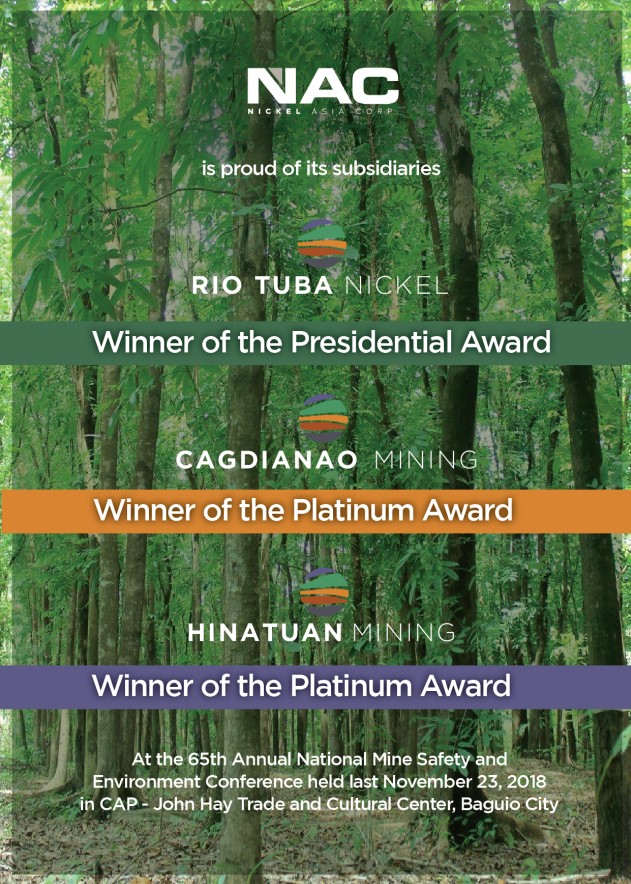The Celandine
 By Virginia Jasmin Pasalo
By Virginia Jasmin Pasalo
WE moved to The Celandine on May 2. It is a high-rise residential development project by D.M. Consunji, Inc. (DMCI) built on a land area of 8,600 square meters at Balingasa, commonly known as Balintawak and Cloverleaf, an urban barangay in Quezon City, near its western boundary with Caloocan. It is located near the Balintawak Interchange, a key intersection connecting the North Luzon Expressway (NLEX) and EDSA.
From the northeastern window on the fourth floor, I have a view of constant motion, from the vehicles passing the skyway going north and back, and the train moving from east to west and vice versa. I see them passing in silence except for the distant rumble of the train’s engine as it moves through the tracks, and the screech of the brakes. Northwest, the tip of Mt. Arayat pushes itself above the smog.
At dawn, before the sun emerges from the horizon, I am warmed by the soft colors, merging with the blues in the sky. Below, there’s a wooded area with one tree flowering in yellows, amid a sea of green. Ten minutes before sunrise, I grab my cup of coffee and head for the roof deck to be with the horizon as it unfolds, and be swept by the wind. On the western side, the sea is dotted with ships. Nearer the land mass is a pier, where boats are moored, goods are loaded or unloaded, and ships are repaired. I suspect that is where the Bureau of Customs is also located. On the eastern side, where clouds or smog hide most of the buildings, one very tall building appears like an oversized phallus in the sky, I am guessing, it may be The Skysuites Tower, also known as The Sky Suites Corporate & Residential Towers.
I watched the sunset several times, and up to now, I have not seen it as the orange ball I used to see from the baywalk at Roxas Boulevard or at the back of the Cultural Center of the Philippines. The heavy clouds are very good at shielding the sunset from the desires of those who want to snatch it, and entombed the moment in their cameras.
On May 12, my friends Calle Manu and Connie Lopez-Madarang came to watch both the sunset at 6:16 p.m. and the rise of the full Flower Moon, at 8:35 p.m. That night, the stars disappeared, but the lightning sliced through the skies, eager to hit us, accompanied by the roaring thunder whose sudden, loud cracking reached under my feet. It rained heavily and we were advised to leave the roof deck unless we wanted to become casualties. We moved to the ground floor, where the swimming pool overflowed towards the lobby, driving the swimmers back to their units. Since we could not go up to watch the moon, my friends decided to book a car to go back home. Three hours, no takers. After midnight, finally, a car arrived. They were the first to greet me, four hours before my birthday, on May 13.
Yesterday, May 22, I saw the shadow of The Celandine cast itself on a wide area of old residential areas. They were deprived of the morning sun. Then, I remembered a doctor friend of my sister telling her, “Since The Celandine was built, I have not seen the sunrise on my window, and I am deprived of the fresh wind that used to sweep freely within the house.”
The Celandine was named after the lesser Celandine (Ficaria Verna), a low-growing, mat-forming plant with heart-shaped leaves known for its bright yellow flowers with eight to twelve petals, as depicted in its logo. It is a symbol of cheerfulness and light, often associated with the warmth of the sun and the promise of a new day.
While the flowers are a joy to behold, the celandine reproduces itself through multiple methods, which makes it an aggressive spreader, forming dense coverage of areas if left unchecked, like the unmitigated construction of high-rise buildings which allow some to enjoy the view of the horizon and dance with the wind, at the same time that a blanket of shadows is cast on all others below it.






